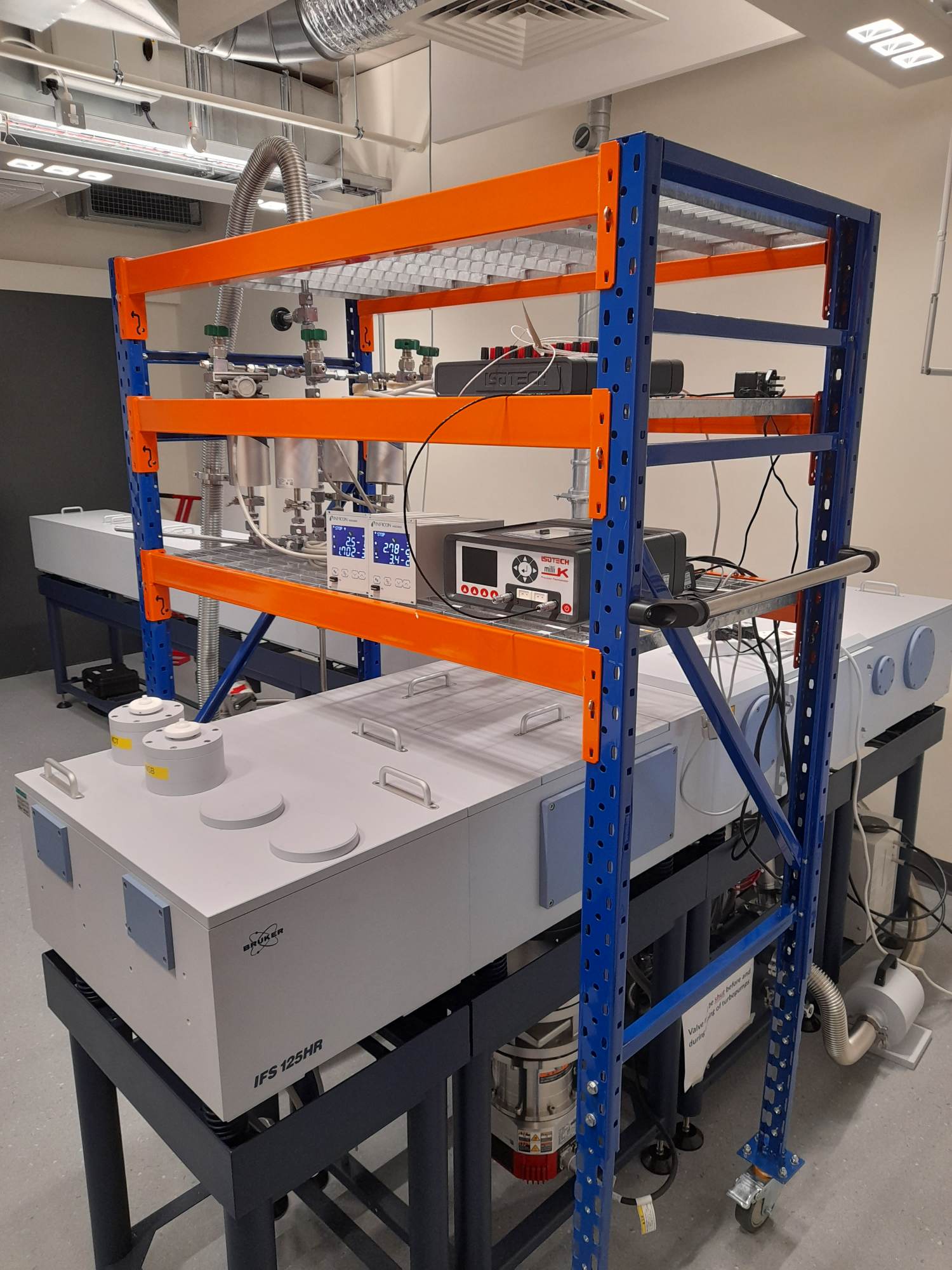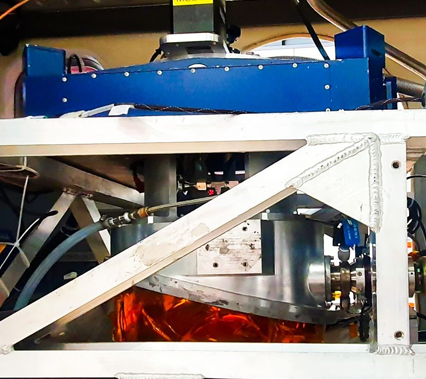
NCEO Airborne Earth Observatory
NCEO Airborne Earth Observatory
The key NCEO Airborne Earth Observatory laboratory is located at Rothamsted Research, Harpenden where the NCEO-KCL group have refurbished the space to a dedicated lab for airborne and field instrumentation; supported by a £3.5m NERC investment.
The space is used for routine maintenance of instruments, development of new measurement strategies/mounts, characterisation and calibration of instruments as well as campaign preparation. The space also houses an office/meeting room.
In addition to the spaces at Rothamsted, the NCEO-KCL team also benefit from the Department of Geography lab spaces in central London which houses additional equipment (field and lab), and technical services.
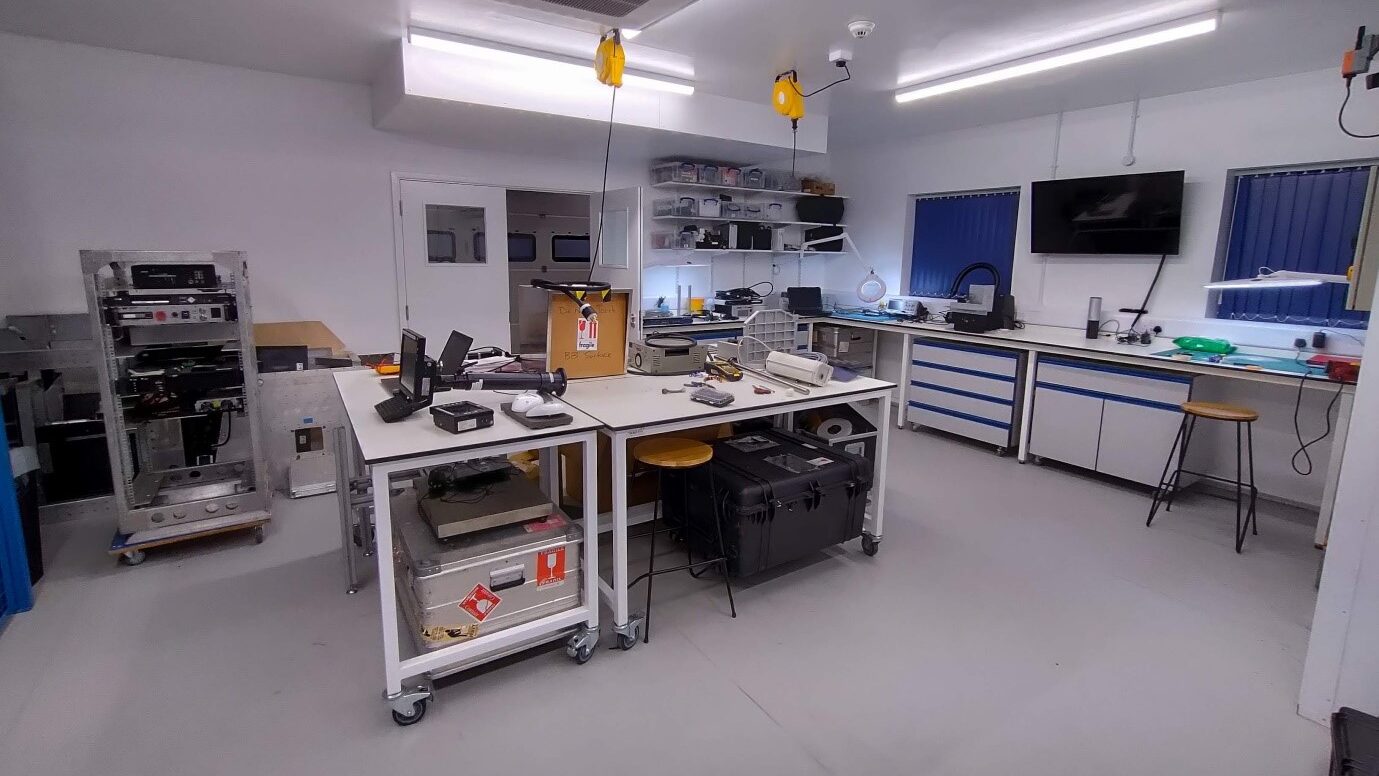
Laboratory-workshop
The main laboratory provides flexible space with movable benching for testing of instrumentation and development of new mounts and set ups, as well as routine maintenance. An adjacent workshop area provides simple manufacturing capability and area for staging of field equipment.
Optical lab
The optical laboratory is a specially designed dark room for instrument calibrations. Regular calibrations ensure that instruments provide reliable data from year to year. A large optical table allows vibration free repeat measurements to be made with the large integrating sphere. Different spectral sources can be attached to the integration sphere for instrument calibrations at different wavelengths. In addition to the integration sphere, it is also possible to calibrate thermal instruments with black body sources. The lab also has a thermal monochrometer for instrument characterisation.
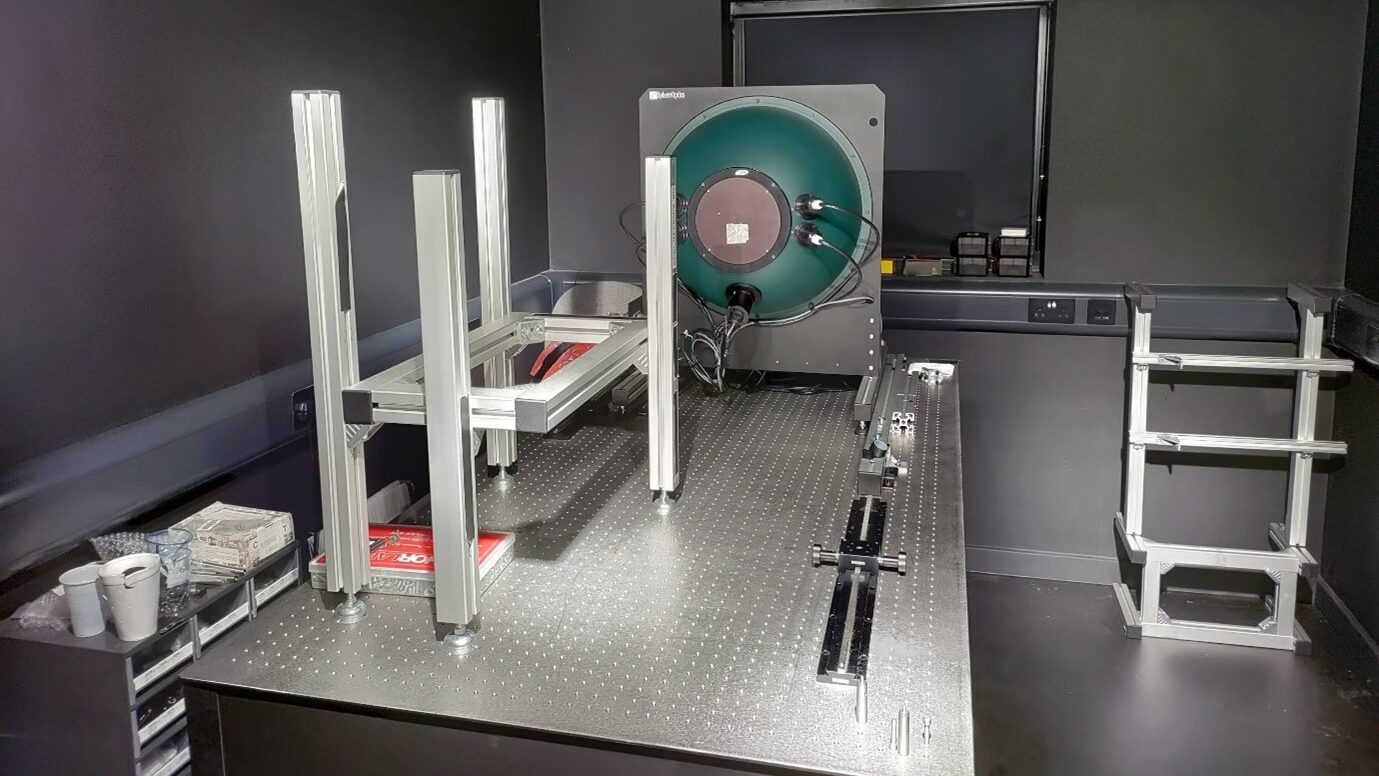
Combustion chamber
The Combustion Chamber is a custom built capability to enable a wide range of fire related experiments. This is used for performing dedicated experiments such as characterising the smoke emissions of a fire, and also to assist in testing field equipment and new measurement strategies before deployment.
The space is split into two sections, with approximately half of the space forming the ‘burn chamber’ and the other half a laboratory space to house instruments and scientists. The burn chamber is a flexible space that can contain a burn tray (mounted on scales to measure mass loss during a burn) and extract hoods to capture smoke. These can also be removed to enable the chamber to be filled with smoke at various concentrations. External doors to the burn chamber can be opened to allow instruments to view the fire from different distances, whilst the entire roof on the burn chamber can be opened to allow observation from overhead.
The laboratory side of the combustion chamber houses a range of laboratory grade instruments along with various field portable instruments which can be used alongside each other to assess their performance and test new measurement strategies.
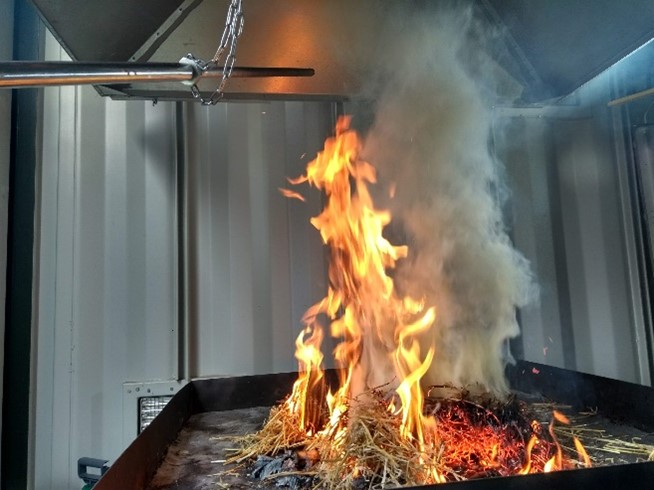
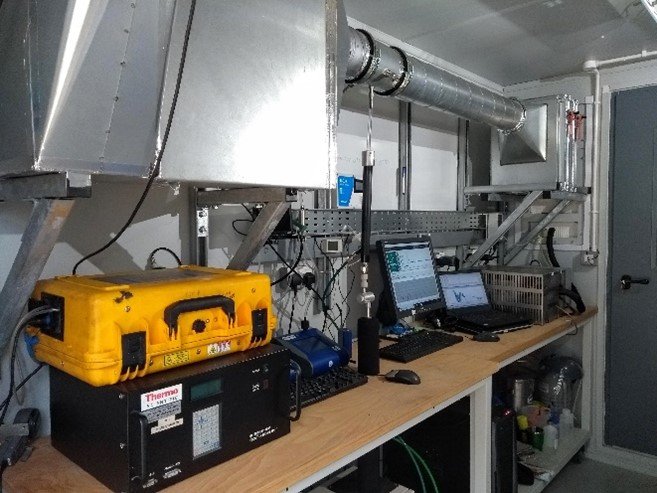
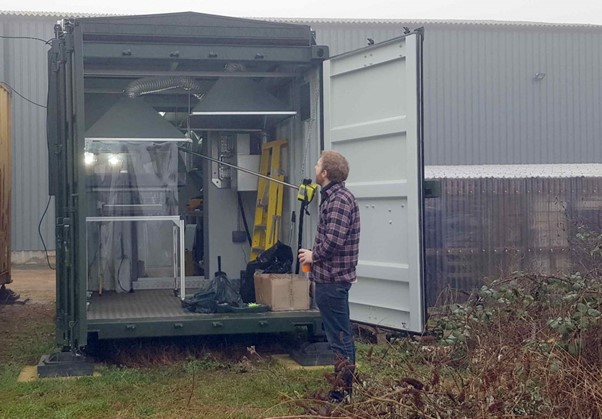
Weighing room/Environmental room
To allow accurate measurements of filters used to quantify the mass of particulates [link] a specialist weighing facility is required. The room is a custom made space with insulated walls and precision temperature and humidity control. This enables consistent conditions with which to weight filters which could otherwise be largely affected by water vapour in the air altering the perceived mass of the filter. The weighing room houses an ultra-micro balance (capable of measuring to a resolution of 0.1µg) on an anti-vibration table with anti-static ioniser to maximise repeatability.
The weighing room doubles in its purpose as it can be reconfigured to a temperature controlled room for calibration and testing of instruments in different ambient conditions. When making thermal measurements it is particularly important to understand how an instrument performs in different ambient temperatures as this can affect the accuracy of any measurements made. The room can be set to any temperature between 10 and 38 ˚C. Instruments can be set up in the room alongside black body calibrators. This allows instruments to be calibrated or characterised in known stable conditions.
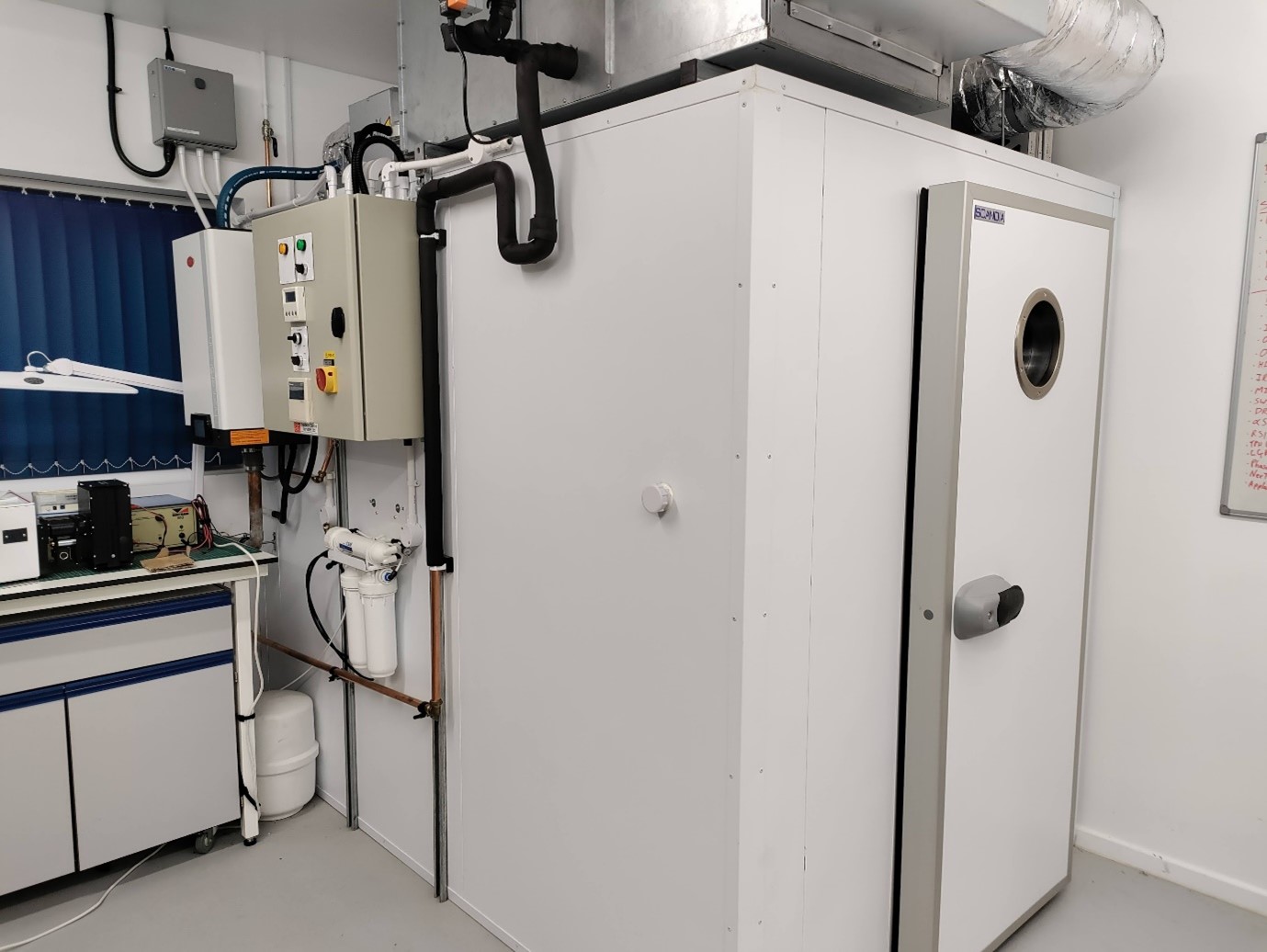
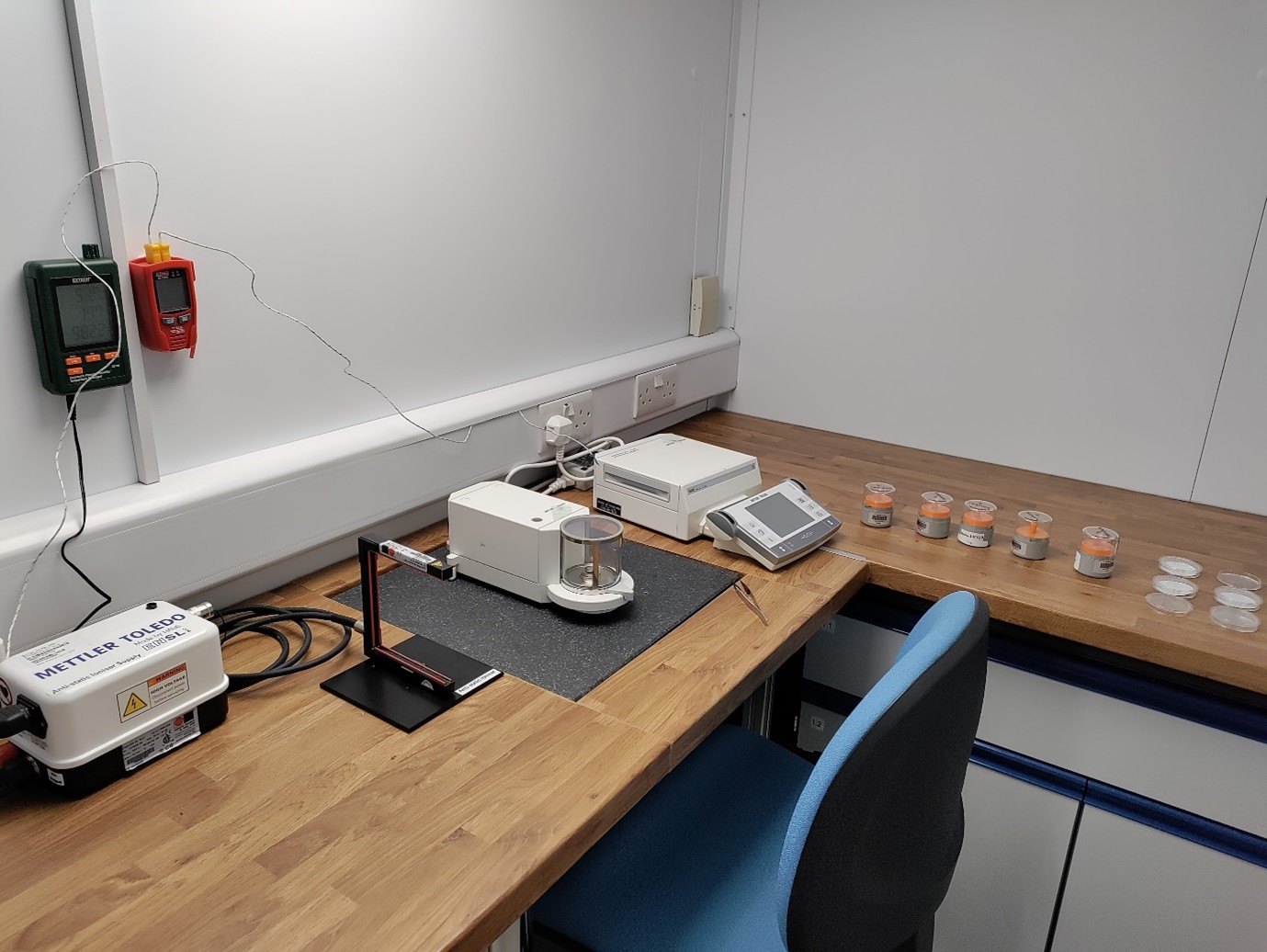
Outdoor space
In addition to our laboratory spaces, it is also possible test equipment outside either adjacent to our laboratory, or in collaboration with Rothamsted Research in an agricultural field on the experimental farm.
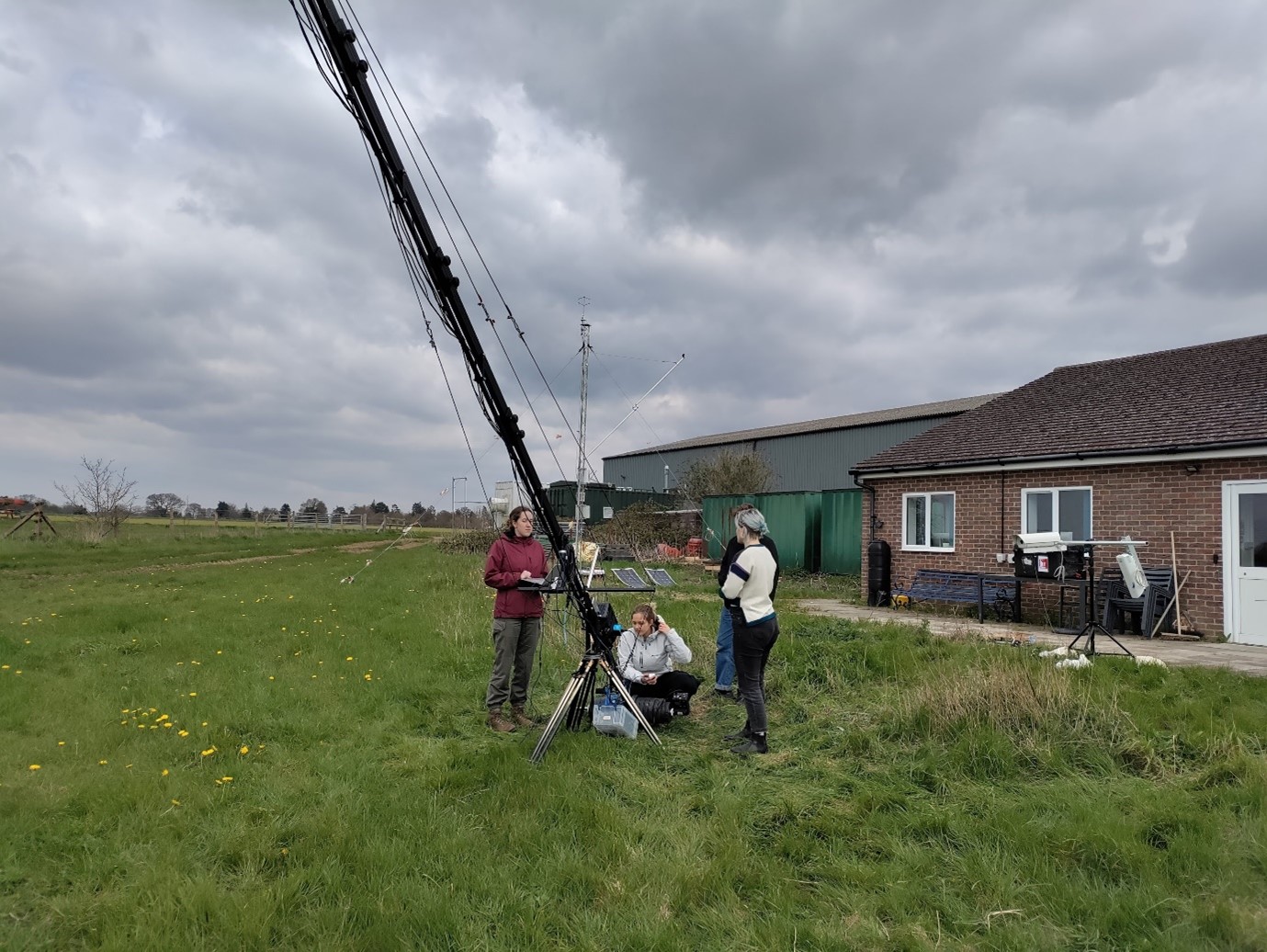
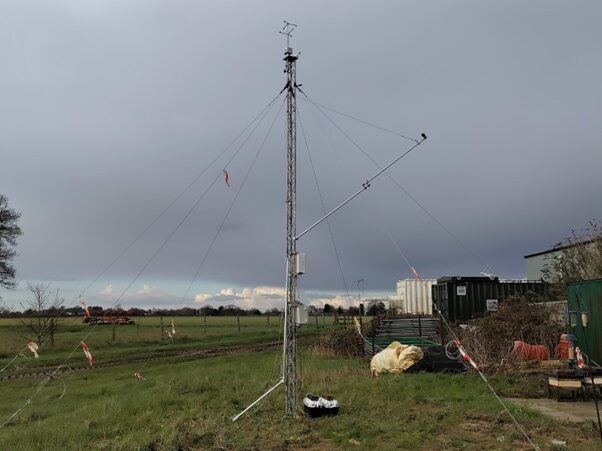
Contact
For further information contact Professor Martin Wooster.

Laboratory capabilities

Search datasets and tools

NCEO produces various datasets related to climate change, including measurements of greenhouse gases, atmospheric composition, land surface changes and ocean health.
Our datasets are valuable for understanding the dynamics of climate change on a global scale and informing policies and actions to address it.



